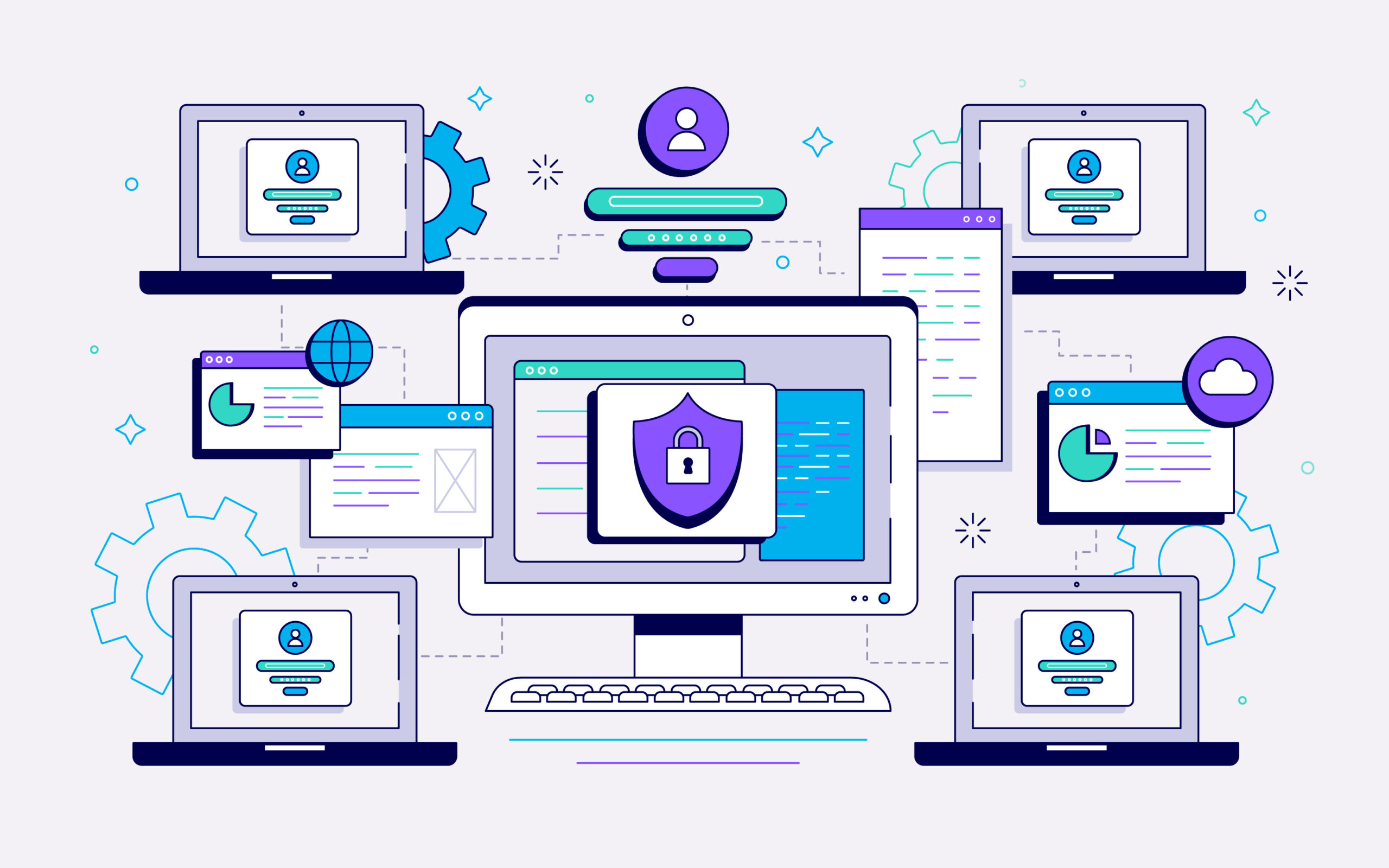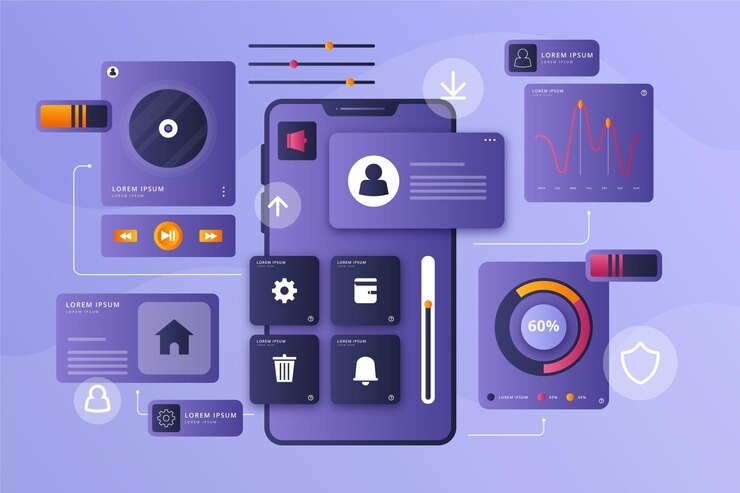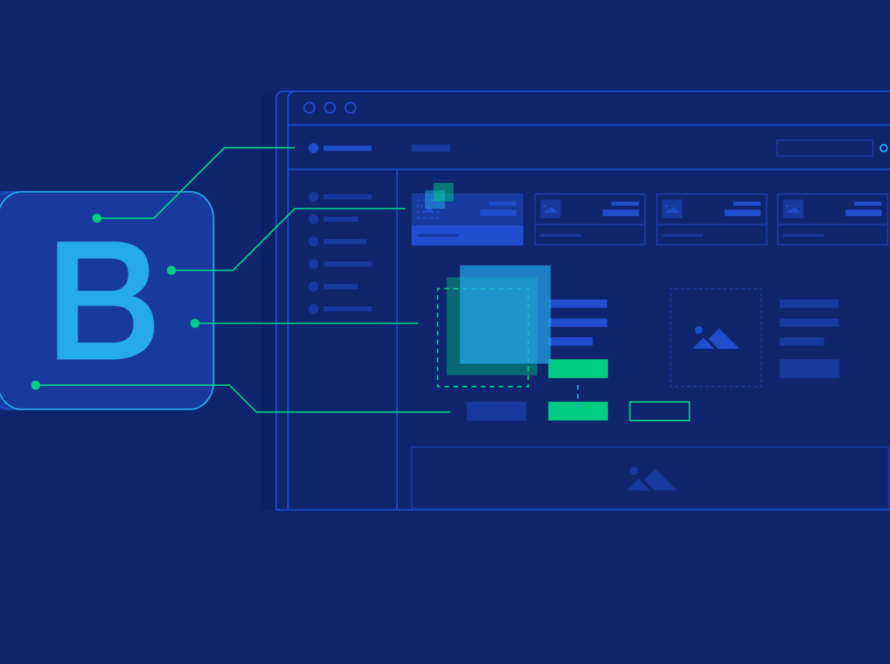The Future of Cybersecurity: Key Challenges & Innovations
In today’s interconnected world, future of cybersecurity has emerged as one of the most critical concerns for individuals, businesses, and governments alike. As technology evolves, so do the threats, making it essential to stay ahead of the curve. The future of cybersecurity is both promising and challenging, with innovative solutions being developed to counter increasingly sophisticated cyberattacks.
Here, we explore the key challenges and innovations shaping the future of cybersecurity.


Key Challenges in Cybersecurity
1. Evolving Threat Landscape
Cyber threats are growing in complexity and scale. Cybercriminals are leveraging advanced technologies like artificial intelligence (AI) and machine learning (ML) to develop more effective and evasive attack methods. From ransomware to phishing and distributed denial-of-service (DDoS) attacks, the range of threats continues to expand.
2. Shortage of Skilled Professionals
The cybersecurity talent gap is a global issue. Organizations are struggling to find qualified professionals to manage and mitigate risks. This shortage exacerbates the vulnerabilities in IT systems, leaving critical infrastructures exposed.
3. Rise of IoT and Edge Devices
The proliferation of Internet of Things (IoT) devices and edge computing introduces a vast number of endpoints that are potential entry points for cyberattacks. Many IoT devices lack robust security features, making them easy targets.
4. Data Privacy Concerns
With stricter data protection regulations like GDPR and CCPA, organizations face mounting pressure to safeguard sensitive information. Non-compliance can result in hefty fines and reputational damage, yet achieving full compliance remains a challenge.
5. State-Sponsored Cyber Warfare
Nation-states are increasingly engaging in Cyber warfare, targeting critical infrastructures such as power grids, financial systems, and healthcare networks. These attacks often involve sophisticated tactics that are difficult to detect and counter.
Innovations in Cybersecurity
1. Artificial Intelligence and Machine Learning
AI and ML are transforming cybersecurity by enabling real-time threat detection and response. These technologies can analyze vast amounts of data to identify patterns and anomalies that indicate potential threats. For example, AI-driven systems can detect phishing emails or malware before they reach users.
2. Zero Trust Architecture
The Zero Trust model assumes that threats can come from both inside and outside an organization’s network. This approach emphasizes strict identity verification and limits access to resources based on user roles and contexts. It is becoming a cornerstone of modern cybersecurity strategies.
3. Quantum Cryptography
As quantum computing becomes a reality, traditional encryption methods may become obsolete. Quantum cryptography offers a solution by providing ultra-secure communication channels that are virtually impossible to hack.
4. Block Chain Technology
Block chain’s decentralized and immutable nature makes it an effective tool for securing data and transactions. It can enhance transparency and reduce the risks of data tampering in various applications, from financial services to supply chain management.
5. Cybersecurity Automation
Automation tools are reducing the burden on cybersecurity teams by handling repetitive tasks like patch management, vulnerability scanning, and incident response. This allows human professionals to focus on more complex issues.
6. Biometric Authentication
Traditional passwords are increasingly being replaced by biometric authentication methods such as facial recognition, fingerprint scanning, and voice recognition. These methods offer enhanced security and a better user experience.
The Way Forward
To address the challenges and capitalize on the innovations in cybersecurity, organizations must adopt a proactive approach. This includes:
Investing in Training: Bridging the talent gap by providing training and upskilling opportunities for cybersecurity professionals.
Enhancing Collaboration: Sharing threat intelligence across industries and governments to create a unified defense against Cyber threats.
Embracing Advanced Technologies: Leveraging AI, block chain, and other cutting-edge tools to build resilient systems.
Prioritizing Privacy: Ensuring compliance with data protection laws and adopting practices that respect user privacy.

Conclusion
The future of cybersecurity is a dynamic landscape where challenges and innovations coexist. While the threats are becoming more sophisticated, advancements in technology offer promising solutions to protect our digital ecosystems. By staying informed and prepared, organizations and individuals can navigate this complex environment and secure a safer digital future.



